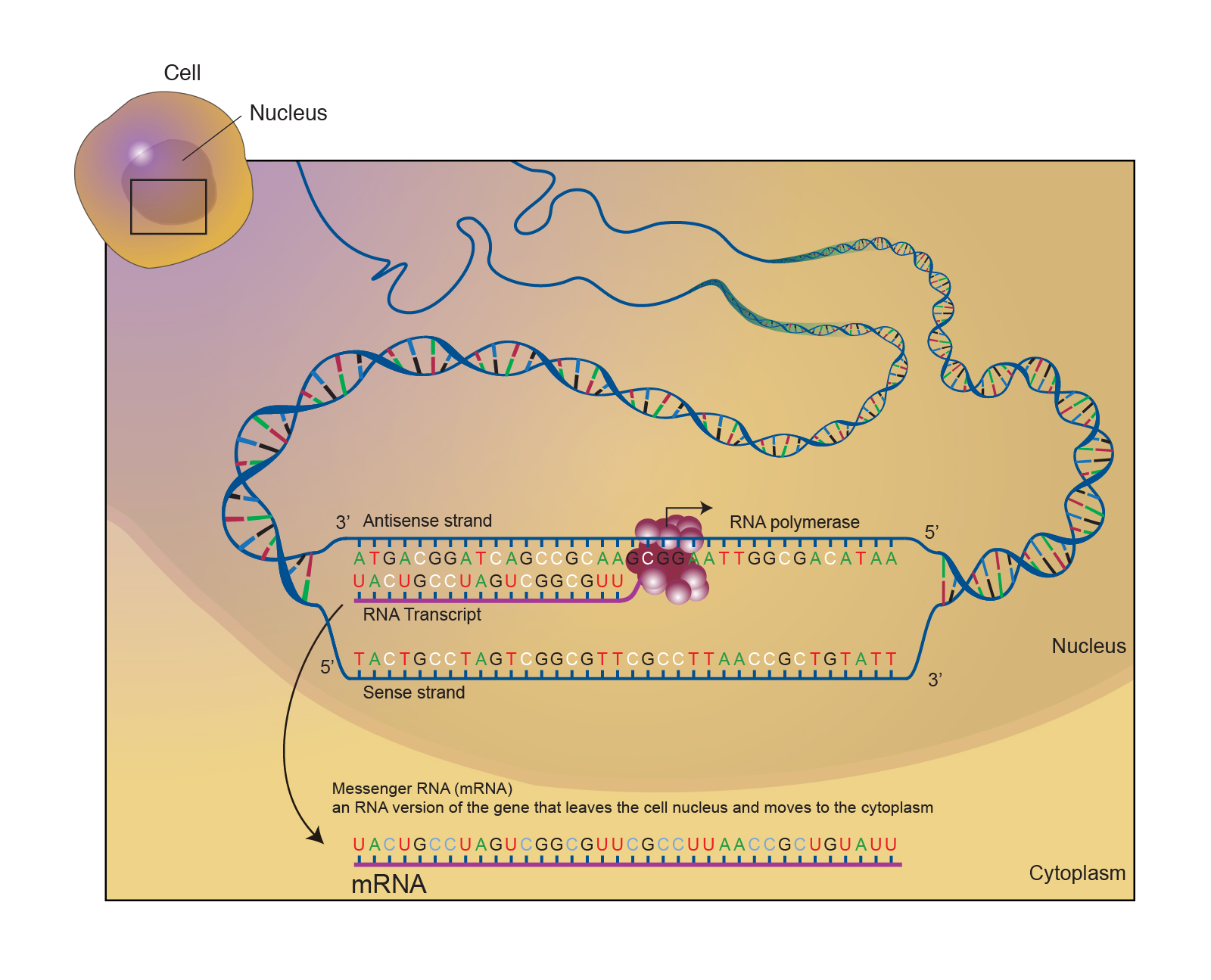I love this graphical explanation.
https://www.nytimes.com/interactive/2020/health/pfizer-biontech-covid-19-vaccine.html
How the Pfizer-BioNTech Vaccine Works
By
Jonathan Corum and
Carl ZimmerUpdated Dec. 8, 2020
The German company
BioNTech partnered with Pfizer to develop and test a coronavirus vaccine known as
BNT162b2. A clinical trial demonstrated that the vaccine has an
efficacy rate of 95 percent in preventing Covid-19.
A Piece of the Coronavirus
The SARS-CoV-2 virus is
studded with proteins that it uses to enter human cells. These so-called spike proteins make a tempting target for potential
vaccines and
treatments.
Like the
Moderna vaccine, the Pfizer-BioNTech vaccine is based on the virus’s
genetic instructions for building the spike protein.
mRNA Inside an Oily Shell
The vaccine uses messenger RNA, genetic material that our cells read to make proteins. The molecule — called mRNA for short — is fragile and would be chopped to pieces by our natural enzymes if it were injected directly into the body. To protect their vaccine, Pfizer and BioNTech wrap mRNA in oily bubbles made of lipid nanoparticles.
Because of their fragility, the mRNA molecules will quickly fall apart at room temperature. Pfizer is building special containers with dry ice, thermal sensors and GPS trackers to ensure the vaccines can be transported at -94 degrees Fahrenheit to stay viable.
Entering a Cell
After injection, the vaccine particles bump into cells and fuse to them, releasing mRNA. The cell’s molecules read its sequence and build spike proteins. The mRNA from the vaccine is eventually destroyed by the cell, leaving no permanent trace.
Some of the spike proteins form spikes that migrate to the surface of the cell and stick out their tips. The vaccinated cells also break up some of the proteins into fragments, which they present on their surface. These protruding spikes and spike protein fragments can then be recognized by the immune system.
Spotting the Intruder
When a vaccinated cell dies, the debris will contain many spike proteins and protein fragments, which can then be taken up by a type of immune cell called an antigen-presenting cell.
The cell presents fragments of the spike protein on its surface. When other cells called helper T-cells detect these fragments, the helper T-cells can raise the alarm and help marshal other immune cells to fight the infection.
Making Antibodies
Other immune cells, called B-cells, may bump into the coronavirus spikes and protein fragments on the surface of vaccinated cells. A few of the B-cells may be able to lock onto the spike proteins. If these B-cells are then activated by helper T-cells, they will start to proliferate and pour out antibodies that target the spike protein.
Stopping the Virus
The antibodies can latch onto coronavirus spikes, mark the virus for destruction and prevent infection by blocking the spikes from attaching to other cells.
Killing Infected Cells
The antigen-presenting cells can also activate another type of immune cell called a killer T-cell to seek out and destroy any
coronavirus-infected cells that display the spike protein fragments on their surfaces.
Remembering the Virus
The Pfizer-BioNTech vaccine requires two injections, given 21 days apart, to prime the immune system well enough to fight off the coronavirus. But because the vaccine is so new, researchers don’t know how long its protection might last.
It’s possible that in the months after vaccination, the number of antibodies and killer T-cells will drop. But the immune system also contains special cells called memory B-cells and memory T-cells that might retain information about the coronavirus for years or even decades.
A preliminary study found that the vaccine seems to offer protection
about 10 days after the first dose, with protection increasing after the second dose.
The labels to the graphics did not copy over to the post correctly. Check out the link and see it displayed properly.
https://www.nytimes.com/interactive/2020/health/pfizer-biontech-covid-19-vaccine.html
Don't get all wierd on me because it is from a New York Times post, the explanation can be read from Pfizer site but these graphics I think help one comprehend how it works easier.
1
1










